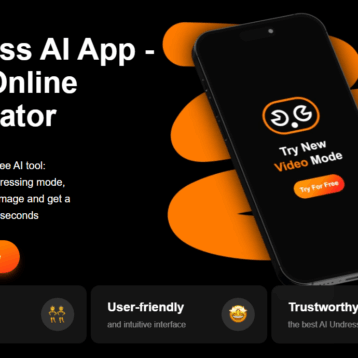
React.js is not a typical framework, but it is still very popular in recent years. Interestingly, giants such as Netflix, Instagram, Skype, and even Facebook have implemented it in their platforms. Why have such popular brands decided to use it in recent years? What is the reason behind its popularity?
What is React.js?
Simply put, it is a JavaScript programming language library. It is used when you want to create a dedicated user interface for specific applications. The framework can be used based on an open-source license, so (without additional costs) you can create a functional and complex interface, which will consist of many different and often small structural elements. Jordan Walke, who worked at Facebook for some time, is responsible for creating the application. The aim of “bringing to life” this tool was to create an interface taking into account the real and ever-changing needs of the final user. As a result, a library was created, which uses modern and advanced methods of rendering pages. Thanks to this, the content of the websites supported by it becomes much more dynamic.
Advantages of React.js
App Developing based on React.js library brings many advantages, both for users and developers. A big advantage is the speed of implementation of the tool and the possibility of basing a very dynamic interface on it. This means that it is possible to make necessary updates in real-time, so you can work remotely on a document, considering the amendments and changes that are still being made. Another advantage of the framework is its specific, modular design, which allows reusing individual components on a completely different level. Thanks to it, not only does the programmer’s work efficiency increases, but also it is much easier to manage all available applications. Introducing changes in one component will not lead to an exponential fall in the tool’s fluidity and a loss of its stability.
Where is React.js mostly used?
The React js tool is mainly used for web applications, including those most popular among internet users. The Netflix multimedia platform and the PayPal online payment system are just some of them and, importantly, not the only ones. Thanks to the use of the library mentioned above, these platforms can adapt their functionality (along with the user interface) to the device on which they are opened. What’s more, they are easy-to-use solutions that feature a fairly simple and clear user interface. This means that using applications that support the React framework should be neither difficult nor complicated.
What does the future hold for React js?
To answer the question in the subtitle: bright! The framework is constantly evolving, so it gains completely new capabilities and functionality. It should also be emphasized that there is a very large community behind it, which is responsible for creating and implementing completely new tools. An important advantage of the framework, which certainly bodes well for the future, is its stability. What is more, it is an environment distinguished by great simplicity, thanks to which mastering it is relatively easy. The high availability of the tool is another very important advantage. It involves access to a large number of various tutorials, as well as online forums, where the framework is discussed in a simple way. It is also worth noting that from the technical side, React is very similar to JavaScript. To sum up, a person who knows JS well will be able to handle the framework fairly quickly.
To sum up, React Js tool is easy to use, lightweight, and functional framework, which has a lot in common with classic JavaScript. This is evidenced by its implementation in popular and widely available multimedia and e-commerce platforms.










